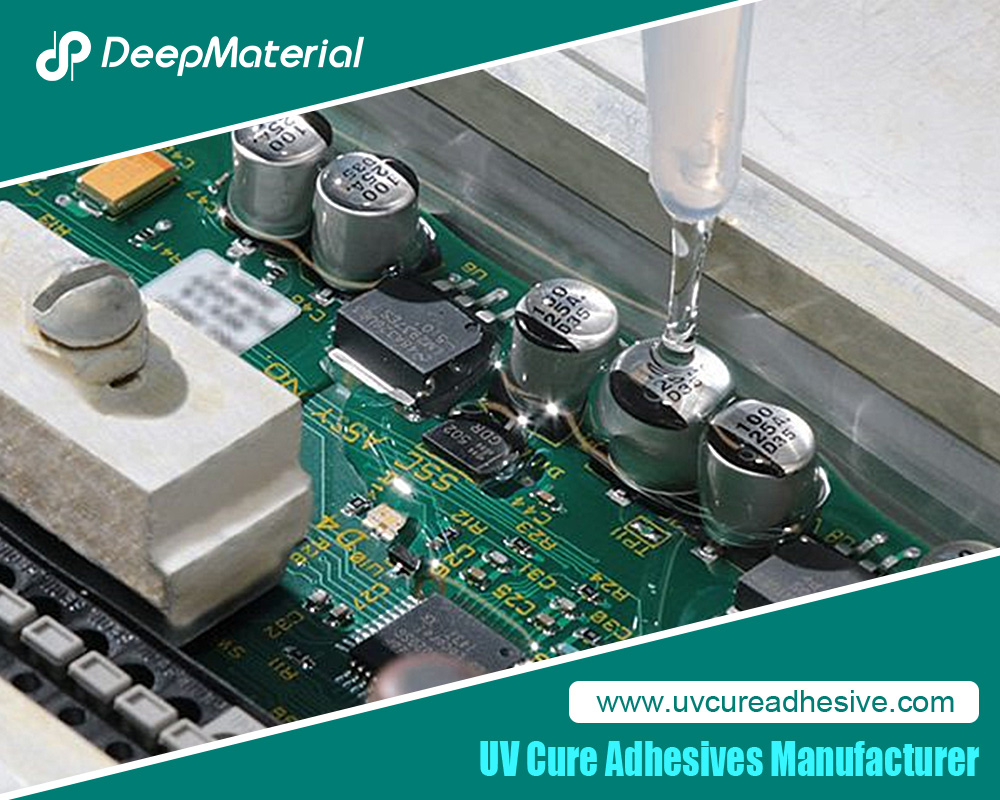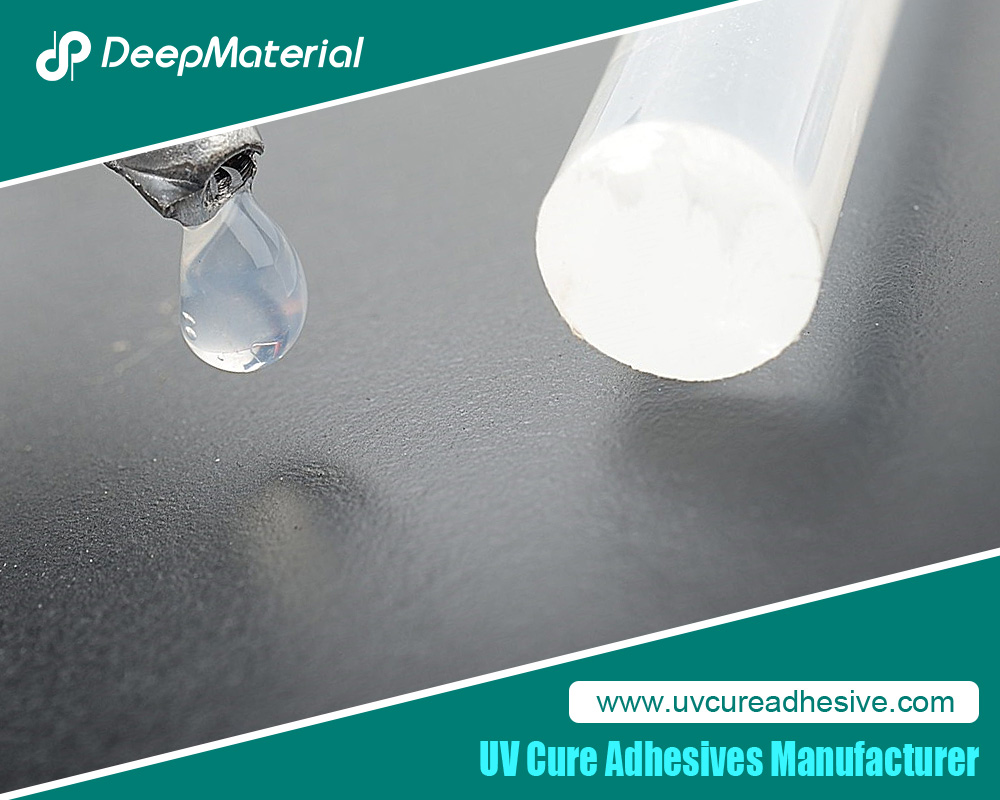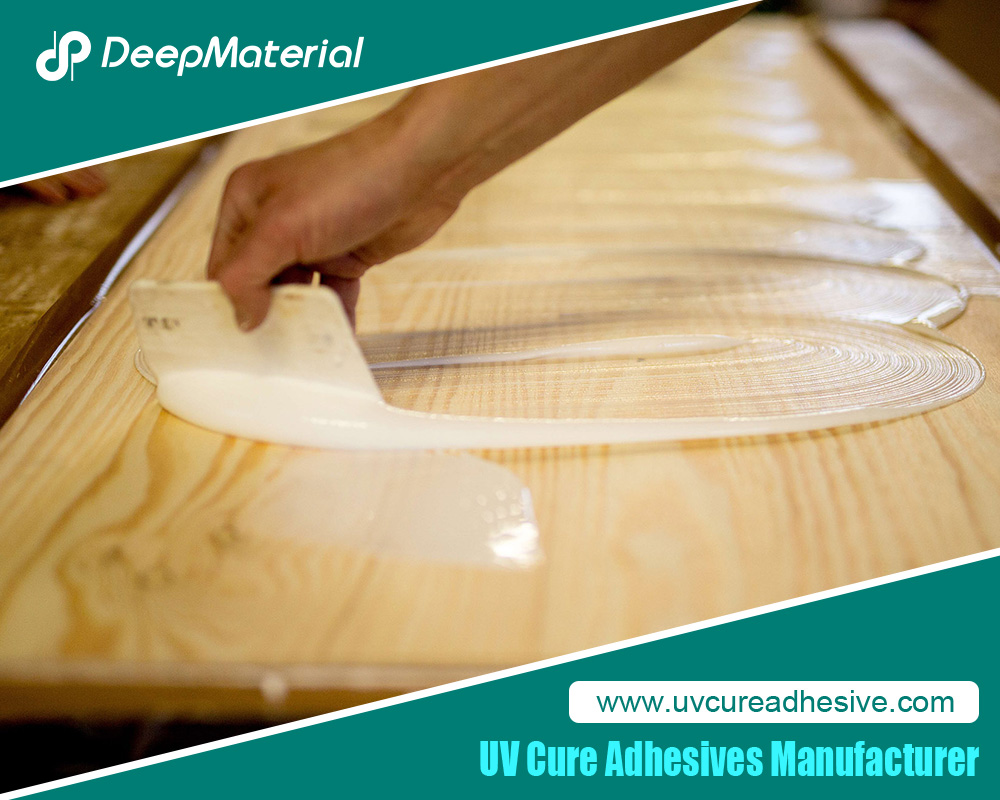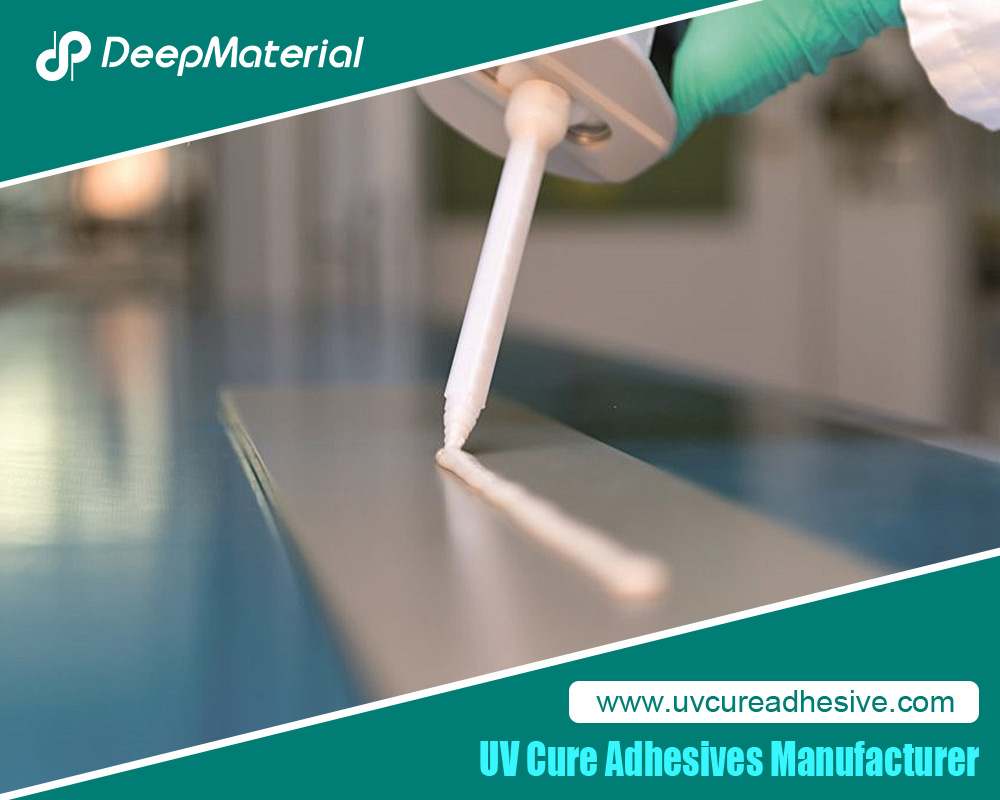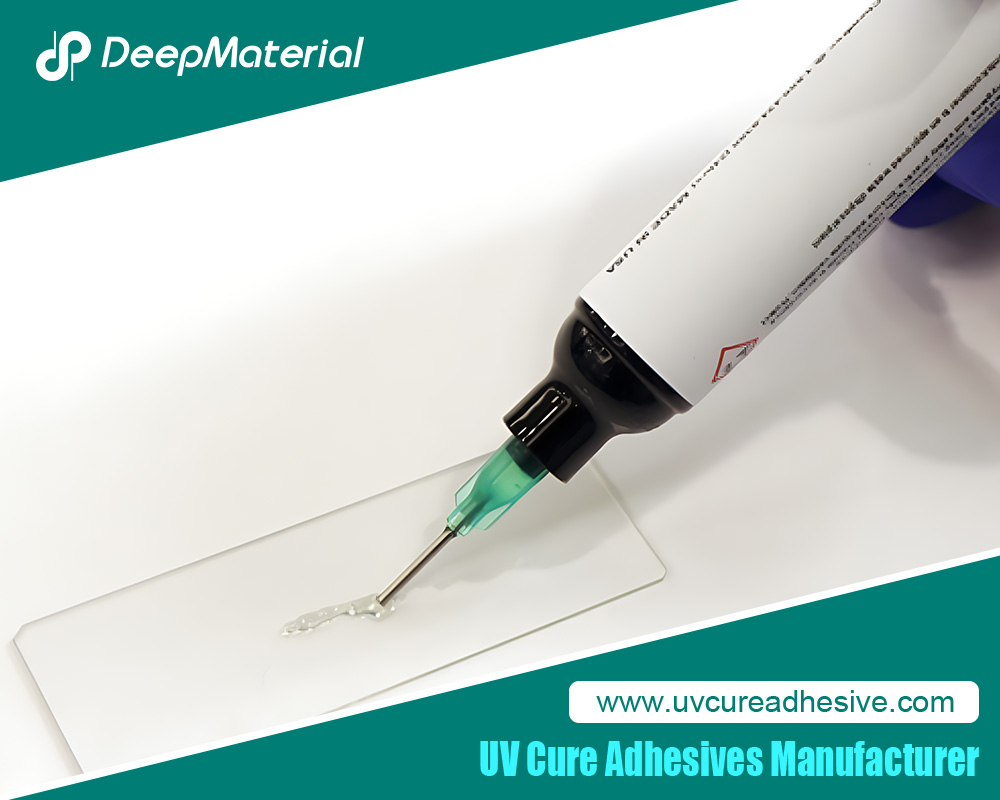Technical Strategies for Maintaining the Bonding Strength and Stability of UV Glue in Extreme Environments and Research on Additives for Improving Weather Resistance
UV glue has been widely used in many fields such as electronics, optics, and automobiles due to its advantages of rapid curing and easy operation. However, in extreme environments such as high temperature, high humidity, and salt fog, the bonding performance and stability of UV glue face severe challenges. Understanding the influence mechanisms of extreme environments on UV glue, exploring effective methods for maintaining its performance, and researching weather resistance enhancing additives are of great significance for expanding the application range of UV glue and improving product quality.
Influence Mechanisms of Extreme Environments on the Performance of UV Glue
High Temperature Environment
High temperature accelerates the molecular chain movement of UV glue, causing the chemical bonds inside the glue to relax and the bonding strength to decrease. When the temperature exceeds the glass transition temperature (Tg) of the glue, the glue changes from a glassy state to a rubbery state, and its mechanical properties such as hardness and modulus are greatly reduced. The adhesive layer is prone to deformation, thus destroying the bonding interface with the substrate. In addition, high temperature may also cause the decomposition or volatilization of additives inside the glue, affecting the chemical stability and comprehensive performance of the glue.
High Humidity Environment
In a high humidity environment, water molecules will penetrate into the UV glue. On the one hand, water molecules may react chemically with the active groups inside the glue, destroying the cross-linked network structure. On the other hand, water molecules gather at the interface between the adhesive layer and the substrate, forming a water film, which weakens the adhesion between them. When exposed to a high humidity environment for a long time, the glue may experience phenomena such as swelling and hydrolysis, resulting in a significant reduction in bonding strength and even the problem of debonding.
Salt Fog Environment
Substances such as sodium chloride in the salt fog are highly corrosive. Chloride ions in the salt fog have a small radius and high activity, which can penetrate the protective layer on the surface of the glue and react with the metal substrate, causing metal corrosion. At the same time, the crystallization of salt substances will generate stress inside the adhesive layer, causing cracks in the adhesive layer and accelerating the aging and failure of the glue. In addition, salt fog may also affect the electrical properties of the glue, causing faults such as short circuits in the application of electronic devices.
Technical Strategies for Maintaining the Bonding Strength and Stability of UV Glue
Optimizing the Glue Formula Design
- Selecting High Temperature Resistant Resins: Use high temperature resistant resins as the matrix of UV glue, such as resins with silicone oxygen structures, polyimide modified resins, etc. The silicone oxygen structure has good thermal stability and chemical stability, which can maintain the integrity of the molecular chain in a high temperature environment. Polyimide modified resins have a high glass transition temperature and excellent mechanical properties, which can effectively improve the high temperature resistance of the glue.
- Enhancing the Cross-linking Density: Optimize the cross-linking reaction process by adjusting the types and proportions of photoinitiators and monomers to increase the cross-linking density of the glue after curing. A higher cross-linking density can limit the movement of molecular chains and enhance the cohesive strength of the glue, thereby improving its stability in high temperature, high humidity, and other environments. However, an excessively high cross-linking density may cause the glue to become brittle, so it is necessary to find an appropriate balance point.
- Adding Hydrolysis Resistance Agents: Add hydrolysis resistance agents to the glue formula, such as hindered amine compounds, organic titanates, etc. Hindered amine compounds can capture the free radicals generated by hydrolysis and inhibit the hydrolysis reaction. Organic titanates can react with the hydroxyl groups inside the glue to form stable chemical bonds, enhancing the hydrolysis resistance of the glue.
Improving the Bonding Process
- Surface Pretreatment: Conduct strict surface pretreatment on the substrate, such as sanding, cleaning, and chemical treatment. Sanding can increase the surface roughness of the substrate and improve the mechanical bite force between the glue and the substrate. Cleaning can remove impurities such as oil stains and dust on the surface of the substrate to ensure good contact between the glue and the substrate. Chemical treatment (such as plasma treatment, silane coupling agent treatment) can change the chemical properties of the substrate surface and enhance the chemical bonding between the substrate and the glue.
- Controlling the Curing Conditions: Precisely control the light intensity, time, and temperature during the UV curing process. Appropriately increasing the light intensity and extending the irradiation time can ensure that the glue is fully cured, reduce the unreacted active groups, and lower the possibility of chemical reactions in extreme environments. At the same time, avoid excessive temperature during the curing process, which may cause internal stress in the glue.
- Multi-layer Coating: Adopt a multi-layer coating process. First, coat a primer on the substrate surface to enhance the adhesion between the substrate and the glue, and then coat the UV glue. The primer can fill the micro pores on the substrate surface, improve the surface performance, and form a good interface transition layer between the substrate and the glue, improving the overall bonding strength and stability.
Research on Additives for Improving the Weather Resistance of UV Glue
Light Stabilizers
- Ultraviolet Absorbers: Common ultraviolet absorbers include benzophenone types, benzotriazole types, etc. They can absorb ultraviolet energy and convert it into harmless heat energy for release, thereby reducing the damage of ultraviolet rays to the glue. For example, benzophenone ultraviolet absorbers can absorb ultraviolet rays with a wavelength of 290 – 400nm, effectively preventing the glue from aging and yellowing due to ultraviolet irradiation.
- Hindered Amine Light Stabilizers (HALS): Hindered amine light stabilizers inhibit the photooxidation reaction through action mechanisms such as capturing free radicals and decomposing peroxides. Its unique cyclic regeneration characteristics enable it to continuously play a role in the light stabilization process, significantly improving the weather resistance of UV glue. When HALS is used in combination with ultraviolet absorbers, a synergistic effect can be produced, further enhancing the light stability of the glue.
Antioxidants
- Primary Antioxidants: For example, phenolic antioxidants, their mechanism of action is to react with free radicals by providing hydrogen atoms to terminate the chain growth process of the oxidation reaction. Common phenolic antioxidants include 2,6-di-tert-butyl-p-cresol (BHT), etc., which can effectively inhibit the oxidation reaction of the glue in high temperature and high humidity environments and protect the molecular chain from being damaged.
- Secondary Antioxidants: Phosphite esters and thioesters are commonly used secondary antioxidants. Phosphite esters can decompose peroxides and convert them into stable compounds. Thioesters can consume free radicals by reacting with them, thereby enhancing the antioxidant performance of the glue. When primary antioxidants and secondary antioxidants are used in combination, a better antioxidant effect can be achieved.
Salt Fog Resistance Additives
- Corrosion Inhibitors: Add corrosion inhibitors to the UV glue, such as organic amine compounds, imidazoline compounds. These corrosion inhibitors can form a protective film on the surface of the metal substrate to prevent corrosive substances such as chloride ions from coming into contact with the metal, thereby inhibiting metal corrosion. The interaction between the corrosion inhibitor and the metal surface can be achieved through physical adsorption or chemical adsorption, and the formed protective film has good barrier properties.
- Hydrophobic Agents: Introduce hydrophobic agents, such as organosilanes, fluorocarbon compounds, etc., which can reduce the surface energy of the glue surface, making it difficult for water and salt solutions to adhere to and penetrate the glue surface. The hydrophobic layer formed by the hydrophobic agent on the adhesive layer surface can effectively block the erosion of salt fog and improve the stability of the glue in a salt fog environment.
Analysis of Practical Application Cases
In the Field of Automotive Electronics
In the bonding of electronic devices in the engine compartment of automobiles, it faces complex environments such as high temperature (which can reach above 150°C), high humidity (frequent temperature changes lead to the generation of condensed water), and salt fog (the influence of road de-icing salts in winter). An automotive electronics enterprise uses a UV glue containing silicone oxygen modified resin, and adds hindered amine light stabilizers, phosphite ester antioxidants, and organic amine corrosion inhibitors. Through optimizing the formula and bonding process, after 1000 hours of high temperature aging test, 800 hours of wet and hot cycle test, and 500 hours of salt fog test, the bonding strength of the glue still remains above 85% of the initial strength, effectively ensuring the reliable connection of electronic devices in extreme environments.
In the Field of Marine Optical Equipment
The marine environment is characterized by high salt fog and high humidity, which places extremely high requirements on the UV glue used for bonding optical lenses. Researchers have developed a UV glue based on fluorocarbon modified resin, and at the same time added benzotriazole ultraviolet absorbers, thioester antioxidants, and fluorocarbon hydrophobic agents. In the simulated marine environment test, after 2000 hours of salt fog exposure and 1500 hours of high humidity test, there is no debonding and no optical performance degradation at the bonding part of the lens. This glue has been successfully applied to marine optical observation equipment and meets the requirements of long-term stable operation.
Conclusion
In extreme environments such as high temperature, high humidity, and salt fog, by optimizing the UV glue formula design, improving the bonding process, and reasonably adding weather resistance enhancing additives, the bonding strength and stability of UV glue can be effectively maintained. Measures such as selecting appropriate high temperature resistant resins, enhancing the cross-linking density, adding light stabilizers, antioxidants, and salt fog resistance additives, combined with scientific surface pretreatment and curing processes, can significantly improve the weather resistance of UV glue. With the continuous development of technology, in the future, it is necessary to further study in depth the microscopic mechanisms of the interaction between extreme environments and UV glue, and develop more excellent additives and glue systems to meet the application requirements in more complex environments.
For more about technical strategies for maintaining the bonding strength and stability of UV glue in extreme environments and rResearch on additives for improving weather resistance, you can pay a visit to DeepMaterial at https://www.uvcureadhesive.com/ for more info.

